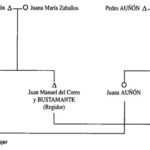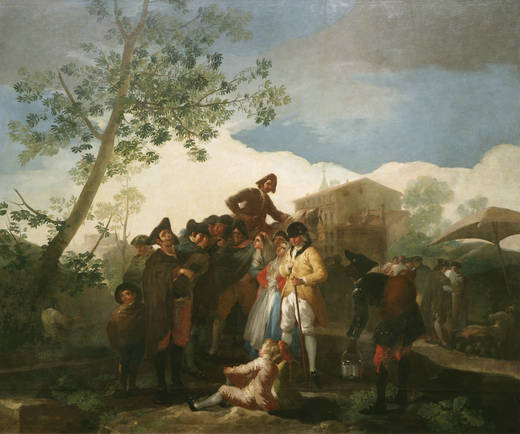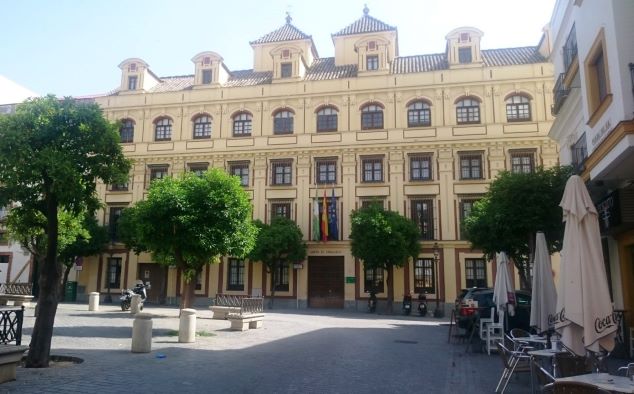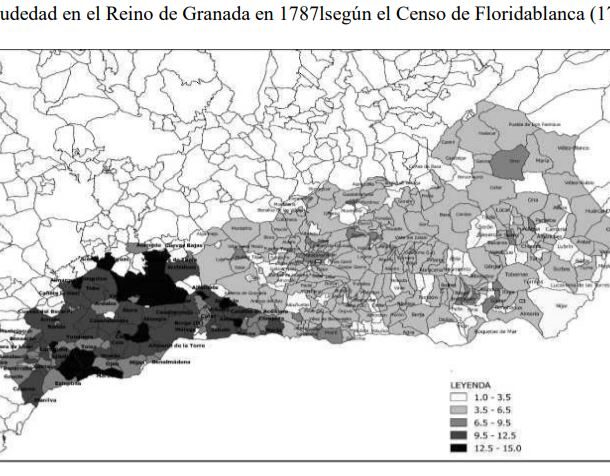
Marriage relations between different families obeyed reproduction strategies based on the concentration and accumulation of patrimony. Among the nobility, it was common to carry out similar operations in search of material benefit. The town of Alcaraz was no stranger to these mentalities and two of its most important families, the Corro Bustamante and the Auñón, joined together. This union came about through a double marriage: two sons and two daughters forged matrimonial bonds that would bear fruit 13 years later when one of them, Juan Manuel, monopolised most of the properties when his brother died without offspring. Juan Manuel also inherited from his mother-in-law all the bonds and free property that she had at her disposal. In this way the patrimony and status of both families was perpetuated, even more so in the accumulation by one of the sons.
Collection: Graphics
Project: 3. Rural world and urban world in the formation of the European identity., 4. Family, daily life and social inequality in Europe., 5. Power and powers in the history of Europe: oligarchies, political participation and democracy.
Chronology: XVIII
Scope: Secondary Education, Baccalaureate, University
Resource type: Graph
Format: Genealogy
Source: García González, F. (2000). Las estrategias de la diferencia. Familia y reproducción social en la Sierra. (Alcaraz, siglo XVIII). Madrid: Ministerio de Agricultura, Pesca y Alimentación, p. 245.
Language: Spanish
Date: 2000
Owner: Pablo Ballesta Fernández (Modernalia)
Copyright: ©Ministerio de Agricultura, Pesca y Alimentación ©Francisco García González
Abstract: Genealogy hidalgos as a reflection of social reproduction
Image
Tags








